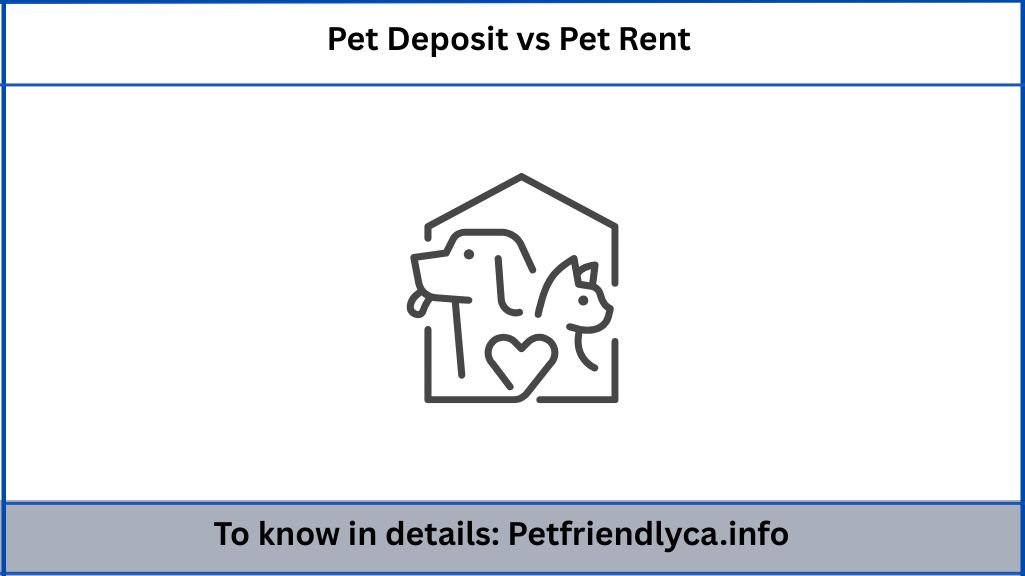✈️ Thinking of flying abroad with your furry best friend? Here’s everything you need to know to travel internationally with your dog—stress-free and by the rules.
Yes, you can travel internationally with your dog, but it requires careful planning. You’ll need the right documents (like a health certificate and vaccination proof), an airline-approved crate, and awareness of destination-specific rules such as quarantines or breed restrictions.
🐾 Why International Pet Travel Isn’t As Simple As You Think
Every country has its own rules when it comes to bringing in pets. Some require quarantine, others need a rabies titer test, and some don’t allow certain breeds at all. That’s why a successful international dog trip starts with research and planning.
📋 Step-by-Step Guide to Traveling Internationally with Your Dog
🗺️ 1. Check Destination Country Requirements
Each country sets its own import rules. Some important things to research:
- Mandatory vaccinations and waiting periods
- Microchipping requirements
- Breed bans (e.g., Pit Bulls are banned in some places)
- Quarantine rules (Australia, for example, has strict entry policies)
🔗 Tip: Start with the official government or embassy website of your destination country.
🛫 2. Choose a Pet-Friendly Airline
Not all airlines treat pets equally. Some allow small dogs in the cabin; others require cargo transport. Check:
- Size and weight limits for in-cabin pets
- Airline-specific crate dimensions
- Pet travel fees and routes
🛩️ Popular pet-friendly airlines:
- Air Canada
- Lufthansa
- KLM
- Delta Airlines
🩺 3. Get a Health Certificate from a Licensed Vet
Most countries require:
- A health certificate (issued within 10 days of travel)
- Proof of rabies vaccination
- Possibly a rabies titer test (blood test showing immunity)
💡 U.S. travellers: You’ll likely need a USDA-endorsed certificate (APHIS Form 7001).
📦 4. Buy an Airline-Approved Dog Travel Crate
If your dog isn’t traveling in-cabin, you’ll need a crate that meets IATA standards:
- Big enough for your dog to stand, turn around, and lie down
- Secure and well-ventilated
- Food and water containers attached
🐶 Crate-training your dog weeks before travel is key to reducing stress.
📁 5. Organize All Travel Documents
Here’s a checklist of paperwork you may need:
- Vet-issued health certificate
- Rabies vaccination certificate
- Microchip registration
- Import permit (for some countries)
- Dog passport (for EU travel)
🧳 Keep both digital and printed copies in your carry-on.
📅 6. Book Early & Prep for Travel Day
Book your dog’s travel as soon as you book your flight—spots are limited!
Before the trip:
- Limit food 4–6 hours before the flight
- Walk your dog right before check-in
- Pack a dog travel bag: pee pads, leash, water bottle, treats, calming aids
🛂 7. Arrival & Customs at Destination
Be prepared to:
- Show health documents at customs
- Possibly visit an airport vet for an inspection
- Deal with mandatory quarantine (if applicable)
🐕 Pro Tip: Research pet relief areas in advance for long layovers.
🧳 International Dog Travel Checklist
✔️ Microchip
✔️ Rabies vaccination
✔️ Vet health certificate
✔️ Airline-approved crate
✔️ Booked pet reservation
✔️ Destination country import rules checked
✔️ Flight-day dog essentials bag
✔️ Quarantine rules (if any) confirmed
👉 Want this as a downloadable PDF? Let me know—I’ll make one for you!
❓ Frequently Asked Questions
Q: Can I take my dog on an international flight?
Yes, but you must follow destination country rules, get health paperwork, and use an airline-approved crate.
Q: Do dogs need a passport to travel internationally?
In the EU and UK, yes. Outside of that, your dog’s “passport” is usually the health certificate and vaccination record.
Q: How much does it cost to fly a dog overseas?
It ranges from $125 (in-cabin) to over $1000 (cargo + vet paperwork), depending on airline and destination.
🐶 Final Thoughts
Traveling with your dog internationally is absolutely possible—but only if you plan ahead. The key is knowing the rules, preparing your dog emotionally and physically, and making sure all documents are accurate and up-to-date.
✉️ Got questions about traveling with your dog? Drop them in the comments or send us a message—we’d love to help!


